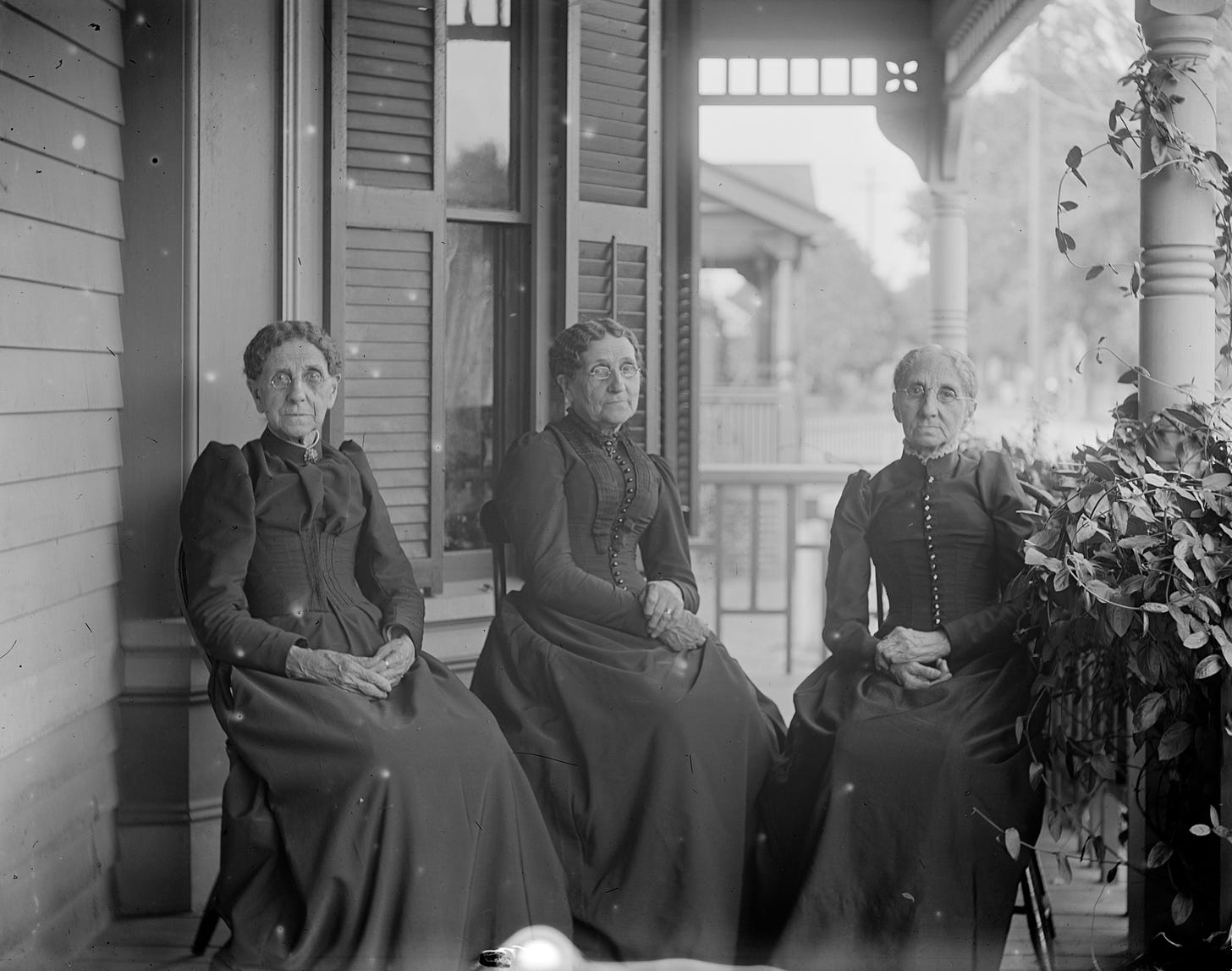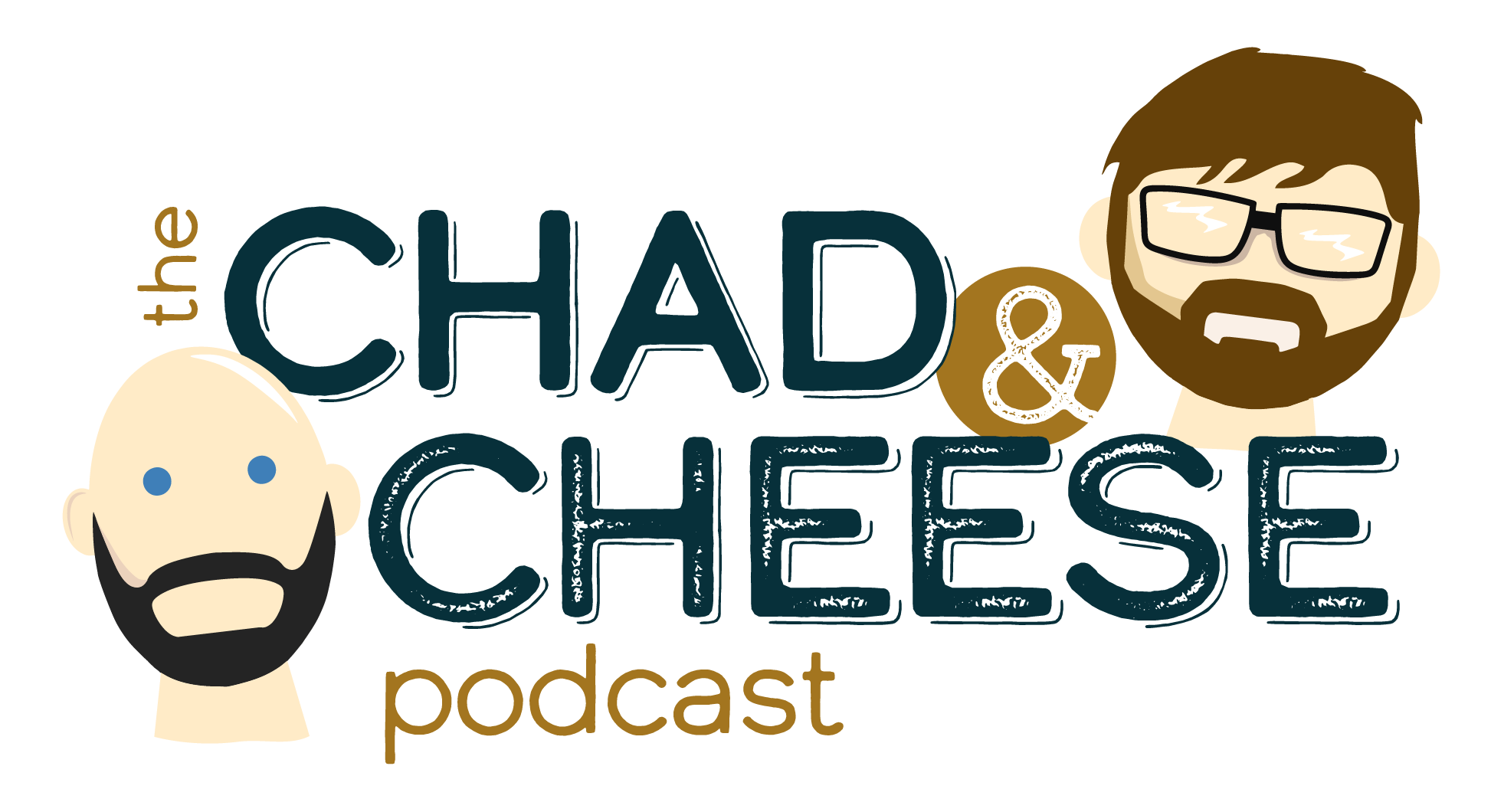The Right Time to Make Your Choice
Photo by Boston Public Library on Unsplash
When my wife and I bought our co-op apartment 15 years ago, we said (half seriously) that we would live here for the duration. It was a ground floor unit, all on one level. The previous owner had already installed grab bars in both bathrooms. We were within easy walking distance of supermarkets, restaurants, a hiking trail, and the homes of many close friends.
Looking 10 or 15 years ahead, however, we still have a few concerns. The washer and dryer are in the basement. We might have to widen doorways to make rooms wheelchair accessible. The lighting is subpar. And there are still a dozen steps to navigate from the front door to the sidewalk. We remain cautiously optimistic that we can manage here, but who really knows? And for how long?
In survey after survey, the overwhelming majority of older adults say they would prefer to age in their own homes. But things change, and as the years tick upwards, change has a way of coming unexpectedly. There may well come a time when Aging in place no longer makes sense financially, physically, or emotionally (especially when we include the emotions of other family members responsible for our care).
And if (when) that time comes, we’ll fare far better if we’ve planned ahead.
But we’ll absolutely fare best if we make our move before that time comes, while we have more options.
Pros and Cons
The positive aspects of aging in your own home are self-evident. It’s your familiar environment. You know where everything belongs (if you remembered to put them back). You can walk through it in the dark without tripping over the furniture. It’s your comfortable space, where you feel all’s right with the world. Aside from that, it’s also a major investment – for most Americans it’s the single largest financial asset. Most of all, in your home you are in control.
For you to continue living there as you age, however, you may need to make some adjustments: modifications like grab bars in the bathrooms, replacing throw rugs (tripping hazards), and doorways wide enough for wheelchair access. If your home is on more than one level, will you weigh installing a chairlift or remodeling to put a bedroom downstairs? For exterior stairs, will you construct a ramp?
There’s also the matter of maintenance. Who will keep up the grass and garden? And is the house too large for comfort? Can you manage the upkeep to maintain your home’s market value? Location may also factor as a disadvantage if you no longer can or want to drive. Are your favorite stores, groceries, parks, and theaters within walking distance? Are you close to health care providers?
Finally, consider the practicalities of maintaining your health. As long as you remain in your home, you can hire home health care services to come to you. If you’re fortunate, the professional care will supplement the care you receive from members of your family. But there will likely come a time when the burdens of care weigh too heavily on those closest to you – even if they won’t tell you so directly.
In short, aging in place may work for many years. But it doesn’t always remain the best choice forever.
Where to Go
If your health is at a stage where it requires daily care, or you reach a stage where you need assistance bathe, dress, cook, or do other daily activities, your next stop is probably an assisted-living facility or (in extreme cases) a Nursing home. If you’ve had time to shop around, you are more likely to find one where you will get high-quality care and service.
You will have more choices, however, if you don’t wait until the last possible moment. There are communities restricted to adults 55 and over that come in a variety of forms and at different price points. One popular option is the Continuous Care Residential Community (CCRC); these are usually large facilities that provide independent living, assisted living, and nursing home or memory care units, permitting you to move within the facility as your needs change. Most of them require a large deposit upfront – which many people meet by selling their homes – and continuing monthly fees.
The advantages of a community built for older adults are considerable. You are free from worry about maintaining your lawn and your roof. Someone else cooks your meals. Planned social activities offer opportunities for social interaction and new friendships. Most facilities have medical staff on site and Relationships with physicians in the community. Most facilities also provide transportation to shopping, Entertainment venues, and special events.
The main disadvantage is that you have less control over your life. You may not like the food. You may not care for the activities. The other residents may not be people you would choose to be around. Finally, the cost may well be prohibitive; although developers are starting to create alternatives for middle-income adults, the great majority of these communities are priced for the affluent.
Other Alternatives
You have other choices besides aging in your home, on the one hand, and traditional Retirement communities on the other. Among the alternatives are senior housing built around universities, intergenerational housing, accessory dwelling units, and co-housing communities, all of which I have written about here. Another possibility is staying in place while joining a “village,” such as the Dupont Circle Village in Washington, DC, which brings neighbors together to support one another. And thanks to a growing number of matching services, it’s easier than ever before to take the “Golden Girls” route of sharing a home with one or more roommates.
The key is timing. To have the widest range of choice, plan ahead while you’re healthy and mobile. The goal is to make your move before circumstance gives you a hard shove.


























